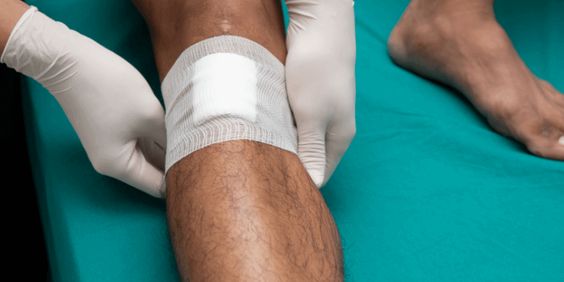Osteomyelitis and diabetic foot wounds are two diseases, but they are closely related. This article discusses the causes, symptoms, and how to prevent and treat both conditions.
Osteomyelitis :
Osteomyelitis is an infectious disease that is usually caused by bacteria or fungi. Symptoms of osteomyelitis include pain, warmth, swelling, and joint stiffness. If left untreated, osteomyelitis can cause serious complications, including bone necrosis and joint deformities.
Diabetic Foot Wounds :
Diabetes is a metabolic disease that causes insulin deficiency and insulin resistance. Symptoms of diabetes include excessive drinking, urination, and weight loss. A serious complication of diabetes is foot wounds, which can be due to neuropathy and vascular disease. Foot wounds can lead to infection, ulcers, and gangrene.
There is a strong link between osteomyelitis and diabetic foot wounds. People with diabetes are more susceptible to osteomyelitis because their immune systems are compromised. On the other hand, treatment for osteomyelitis requires antibiotics or other medications that may worsen the condition in people with diabetes.
Why are foot wounds more difficult to heal with osteomyelitis and diabetes?
Bacterial infection: In cases of osteomyelitis and diabetes, the wound may be affected by bacterial infection. In people with diabetes, the immune system may not work as well to fight off infections effectively. This makes it easier for the infection to spread to other parts of the body, resulting in more difficult-to-heal wounds.
High blood sugar: High blood sugar levels may affect the skin and tissues, making them more susceptible to damage and infection. In this condition, wounds are difficult to heal because they are affected by high blood sugar, which causes damage to the skin and tissues.
Malnutrition: In cases of osteomyelitis and diabetes, patients may suffer from malnutrition. This can cause the body to fail to properly produce white blood cells and other immune cells that are important for fighting infection.
How to prevent and treat it?
To prevent and treat osteomyelitis and diabetic foot wounds, the following steps should be taken:
check blood sugar levels regularly
keep feet clean and dry
wear loose-fitting shoes and socks
avoid injury or infection
use of antibiotics or other medicines to treat infection
exercising regularly and controlling your weight
Take Proper Nutrition and Diet
In conclusion, osteomyelitis and diabetic foot wounds are two serious conditions that need to be taken seriously. Understanding their causes, symptoms, and treatments can help people better prevent and treat them.
For more information on Innomed® Silver Ion Dressing, refer to the previous articles. If you have customized needs, you are welcome to contact us; we will serve you wholeheartedly. At Longterm Medical, we transform this data by innovating and developing products that make life easier for those who need loving care.
Editor: kiki Jia
Date: May 17, 2023

 English
English عربى
عربى Español
Español русский
русский 中文简体
中文简体








